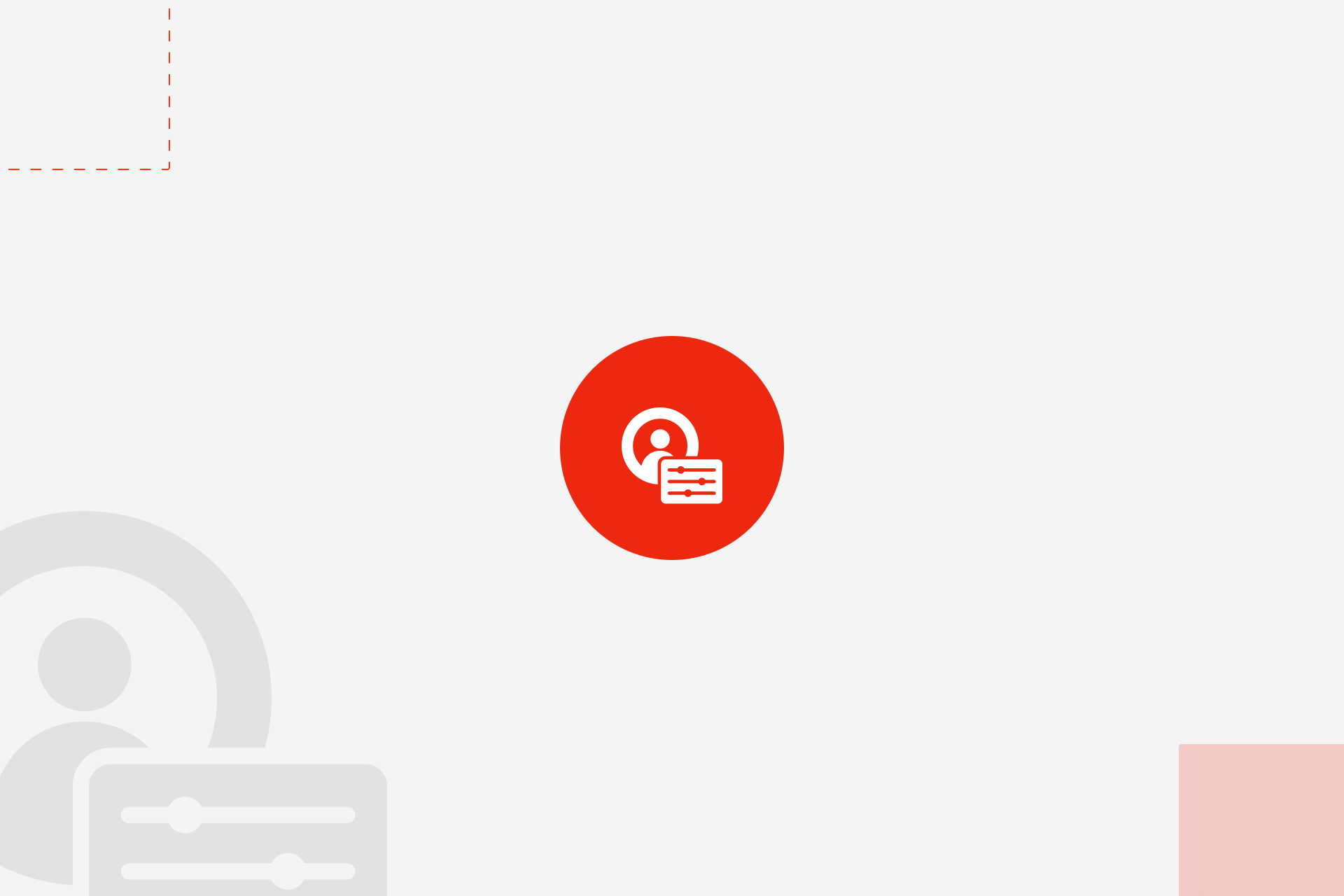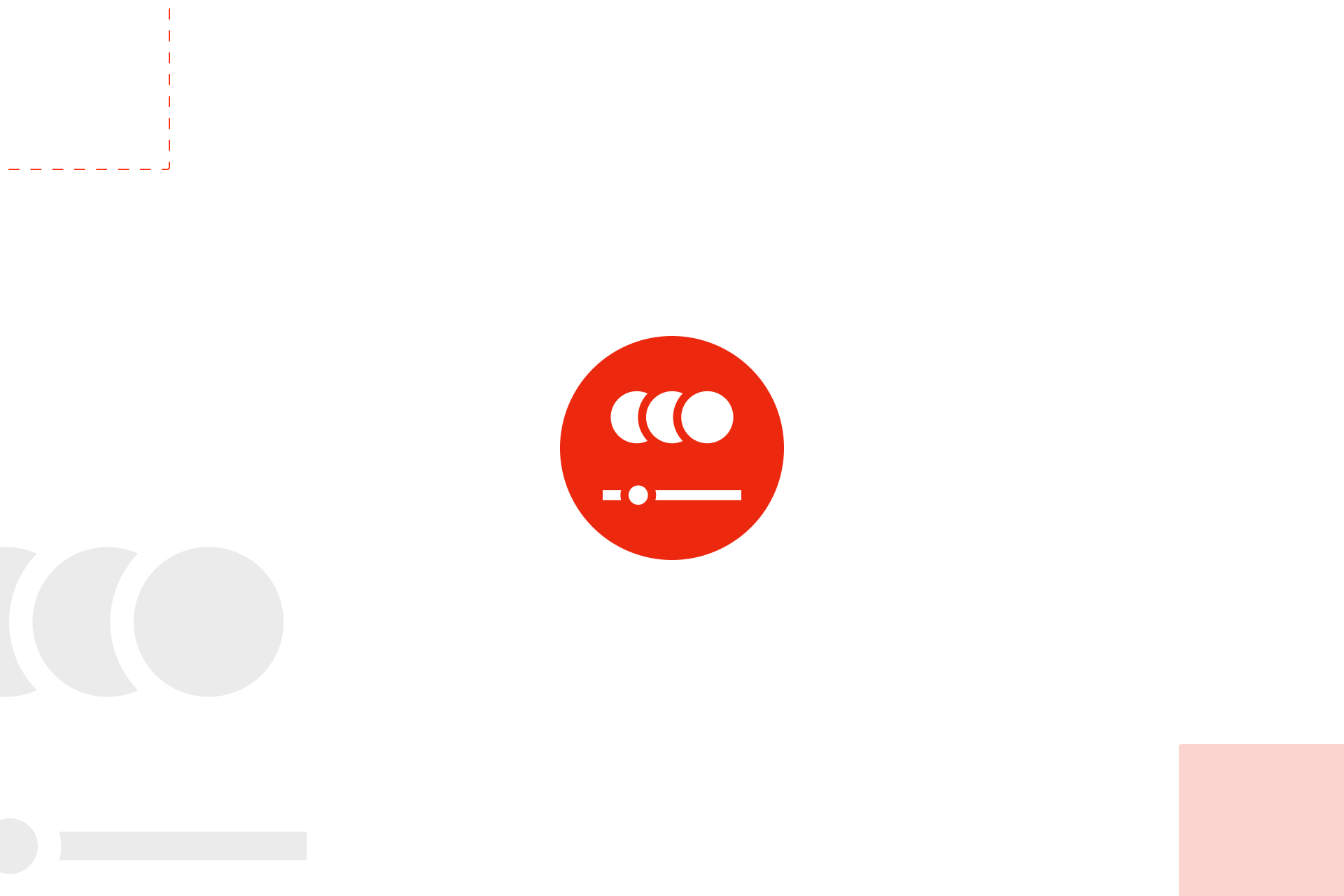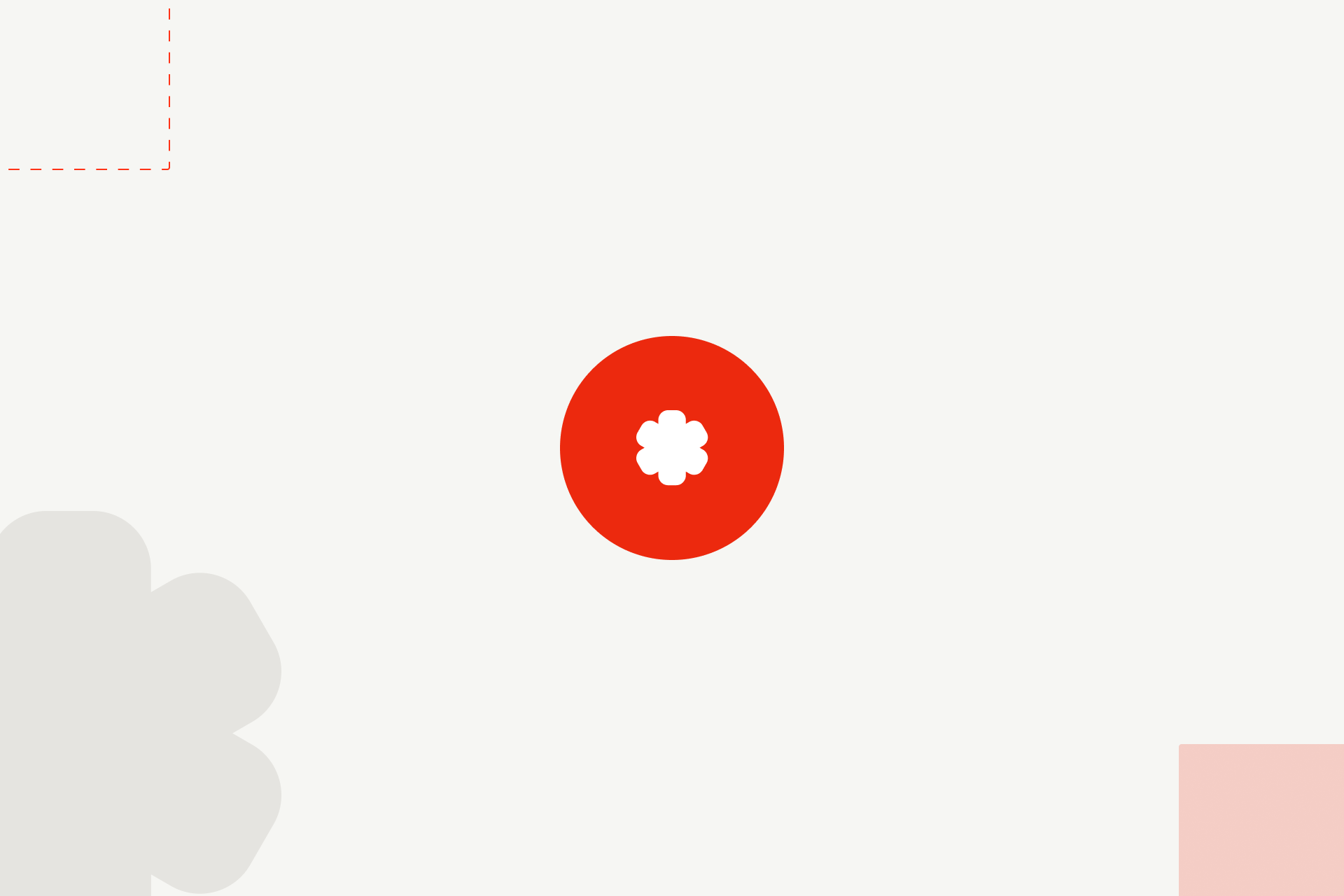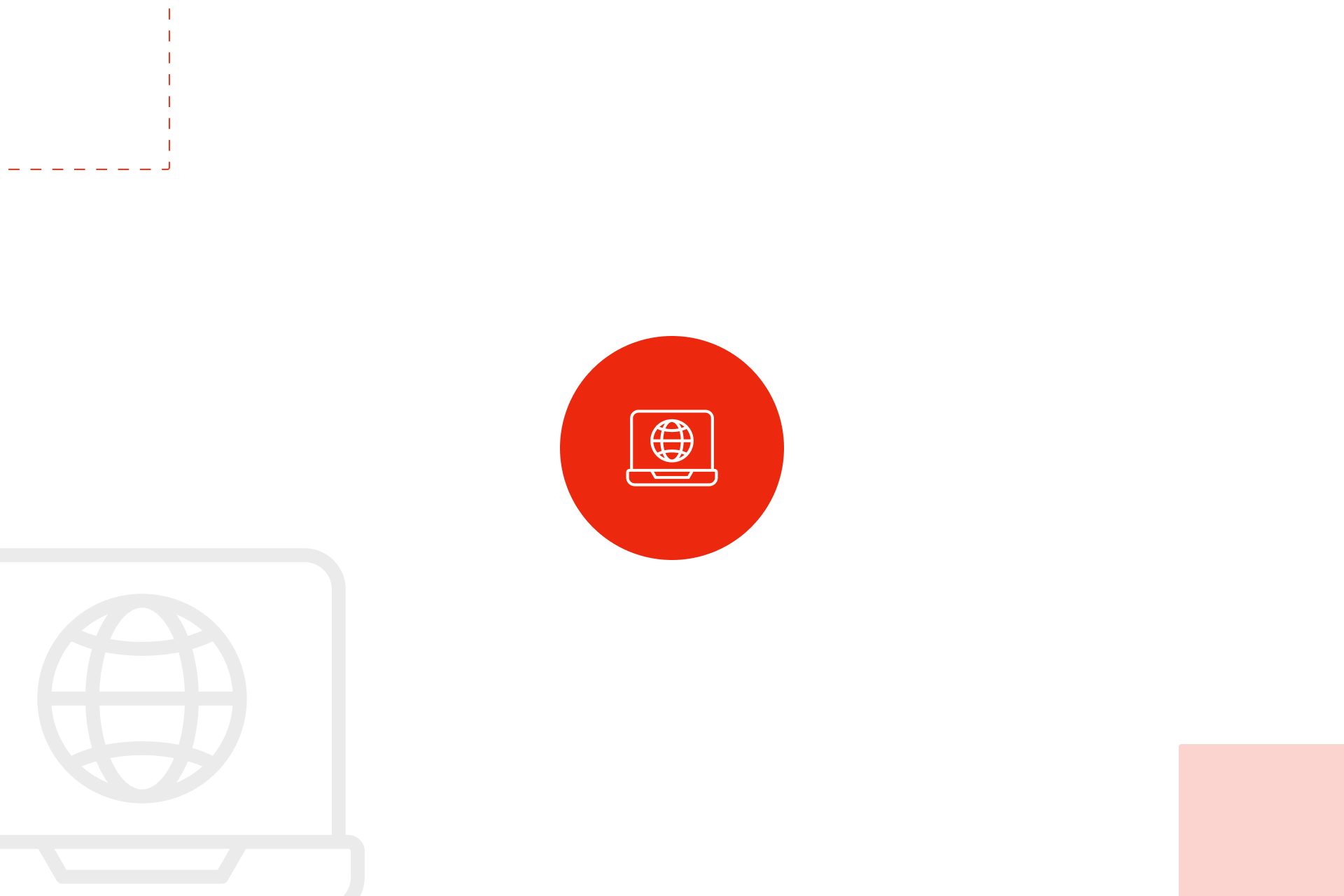Best Web Design Trends for 2025: What to Watch and Why

Let's Build Your Webflow Website!
Partner with experts who understand your vision. Let’s create a converting user experience and build your website for future growth.

Web Design Trends 2025: What’s Changing and Why It Matters
Good old trends. We see them in almost every part of our lives. Trends are pointing out to standards that are constantly changing, and from time to time there are universal vibes that are telling us what's "in" right now.
Now, when it comes to web design trends, we can see how this field is always evolving and adapting standards. What was the perfect fit for our website yesterday might feel outdated and clunky tomorrow.
That’s the hack with trends.
But here's the thing: even though trends shouldn't be followed with our eyes closed, it's still wise to know what's the best direction for our online presence these days.
That's why in 2025, we can see new visual styles powered by new tech and a deeper understanding of what users really need. That's why some of these web design trends are making a global impact, and simply put – everyone is using them!
Today, we're going to explore some of the best web design trends for 2025, and dive deeper into why following them is absolutely crucial for highlighting your brand value and improving user interaction.
1. AI-Powered Personalization Gets Smarter

Personalization was always the key to great user experience. With a touch of AI personalization offers an even more unique feeling, like the website somehow knows what we want before we even click. AI personalization is going way beyond plain recommendations like "you might also like" because AI is looking at everything now:
- What you Browse
- What you buy
- Your social media preferences
- Even what you're doing on a website right now
In practice, this means that websites can actually change the look, show you specific things, or even tweak buttons like on the spot – delivering individualized user experiences based on behavioral analytics and machine learning predictions. It's about giving every visitor a truly unique and easy experience, making them feel genuinely understood.
2. Accessibility-First Design is the New Normal
In 2025, making websites that everyone can use is a must-have; built with accessibility as a foundational requirement from the initial development phase, ensuring compliance with WCAG standards.
Here, we talk about good color contrast so things are easy to read, being able to navigate with just your keyboard (no mouse needed!), and making sure the website works well with text-to-speech programs.
The point here is to make the web a friendly and usable place for everyone, regardless if you have trouble seeing, can't use a mouse easily, or process information a bit differently.
3. Motion Design: More About Function, Less About Flash

Remember when websites had all these crazy, in-your-face animations? Well, those days are over because today a motion on a website should be helping you, not just looking cool.
Now we can see more and more websites using animations that are smooth, serve a purpose, and work efficiently. Those animations will guide you, give you clear feedback, and definitely not slow anything down.
Being subtle is a new trend, so micro-interactions and scroll triggers are big now. We also see websites that are also letting you turn off or reduce motion, shifting accessibility without sacrificing good design. The companies succeeding in 2025 understand that motion design is about reducing cognitive load and creating intuitive workflows, not just visual appeal.
4. Mobile-First Finally Means Super Fast
Did you know nearly two-thirds of all internet traffic now comes from phones? So, in 2025, when we say "mobile-first design," we mean making it fast for mobile users, above everything else. Lightweight websites with minimal code and not a lot of heavy files are our first stop in 2025.
This speed focus is directly tied to things like Core Web Vitals core metrics Google uses to rank websites. So, faster, more stable mobile experiences are essential for getting found on search engines and getting people to do what you want them to do on your site.
5. Organic Shapes, Gradients & Breaking the Grid

Visually, 2025 is all about things feeling natural and flowing, so get ready to see lots of organic shapes like waves, clouds, or uneven forms instead of just rigid squares and straight lines.
These shapes often go hand-in-hand with soft, moving gradients, creating a calmer, more human vibe. From a technical side, designers are achieving these modern, fluid looks without any sneaky "visual hacks."
6. Human Copy and Chatty Websites
In 2025, what a website says is just as important as how it looks. The actual words on a website are becoming crucial for a brand to show its personality and connect with people. We're seeing a clear move towards friendly, genuine, and less formal language that feels like you're just having a natural conversation.
At the core of these trends are Large Language Models (LLMs). They're now widely used for everything from website chatbots to product descriptions and can help create messages and recommendations that feel more personal. You'll also run into more conversational interfaces, where chatbots are designed to have clear jobs (like helping with customer support) and give short, natural answers, often with options to guide you.
7. Designing for a Greener Web

The internet has a carbon footprint, and in 2025, web design is actively working to shrink it. This trend means developers are responsible for building sites that aren't just pretty and functional, but also good for the environment.
This involves technical choices like using optimized image formats (like WebP and AVIF) that are smaller than older ones, and implementing lazy loading for images and videos so they only load when you scroll down to them.
Trends at a Glance
- AI-Powered Personalization
- Key Takeaway: Websites adapt in real-time to individual user behavior and preferences.
- Developer Focus: Real-time analytics, predictive models, dynamic content assembly.
- Accessibility-First Design
- Key Takeaway: Inclusive design is a mandatory standard for all users.
- Developer Focus: WCAG compliance, keyboard navigation, semantic HTML, alt-text, color contrast.
- Motion Design (Functional)
- Key Takeaway: Animations enhance UX, provide feedback, and guide users without compromising performance.
- Developer Focus: CSS animations, JavaScript/GSAP for complex effects, scroll triggers, reduced motion settings.
- Mobile-First, Fast-First
- Key Takeaway: Mobile speed is paramount, influencing SEO and user experience.
- Developer Focus: Lightweight builds, mobile-first CSS, Core Web Vitals optimization, responsive design.
- Organic Shapes & Anti-Grid Layouts
- Key Takeaway: Fluid, natural aesthetics replacing rigid structures.
- Developer Focus: CSS Grid, clamp()-based sizing, viewport units, container queries, SVG.
- Human Copy & Conversational Interfaces
- Key Takeaway: Friendly, natural language and AI-powered chat interactions.
- Developer Focus: LLM integration for content/chat, NLP, clear conversational flows, human handoff.
- Sustainability-Centric Design
- Key Takeaway: Minimizing the environmental impact of websites.
- Developer Focus: Optimized image formats (WebP, AVIF), lazy loading, CSS over JS, green hosting, lean code.
Which Trends to Prioritize First
For most organizations, the highest ROI comes from:
- Mobile performance optimization (immediate SEO and conversion impact),
- Accessibility compliance (legal protection and market expansion),
- Strategic AI implementation (competitive differentiation).
Visual trends like organic shapes should be secondary to these foundational improvements.
Don’t Fall Behind!
The organizations that will thrive in 2025 understand that these trends represent fundamental shifts in user expectations, technology capabilities, and market dynamics, and not just design preferences.
Success comes from selecting trends that align with your business objectives and user needs, not implementing every trend because it's popular.
If you need a partner by your side to navigate all this, go ahead and book a discovery call with Shadow Digital. Our team can help you find that perfect balance between embracing new trends and making the most of what you already have, ensuring your website is truly up-to-date and relevant.
FAQs on 2025 Web Design Trends
Should I redesign my site in 2025?
Not necessarily a full overhaul! Focus on incrementally adopting these trends. Prioritize accessibility, mobile speed, and purposeful personalization first. A gradual refresh often yields better results and less disruption than a complete rebuild.
Which trends will matter most for SEO?
Mobile-First, Fast-First (especially Core Web Vitals) is huge for SEO, as search engines prioritize fast, stable user experiences. Accessibility-First Design also contributes, as accessible sites are inherently better structured for search engines. AI-Powered Personalization can indirectly boost SEO by increasing user engagement, which search engines notice.
Are these trends good for conversion rates?
Absolutely! AI-Powered Personalization can significantly boost conversion rates by showing users exactly what they need. Mobile-First, Fast-First reduces abandonment, and Accessibility-First Design broadens your audience, leading to more conversions. Even functional Motion Design and Human Copy can enhance engagement and build trust, encouraging users to take action.



